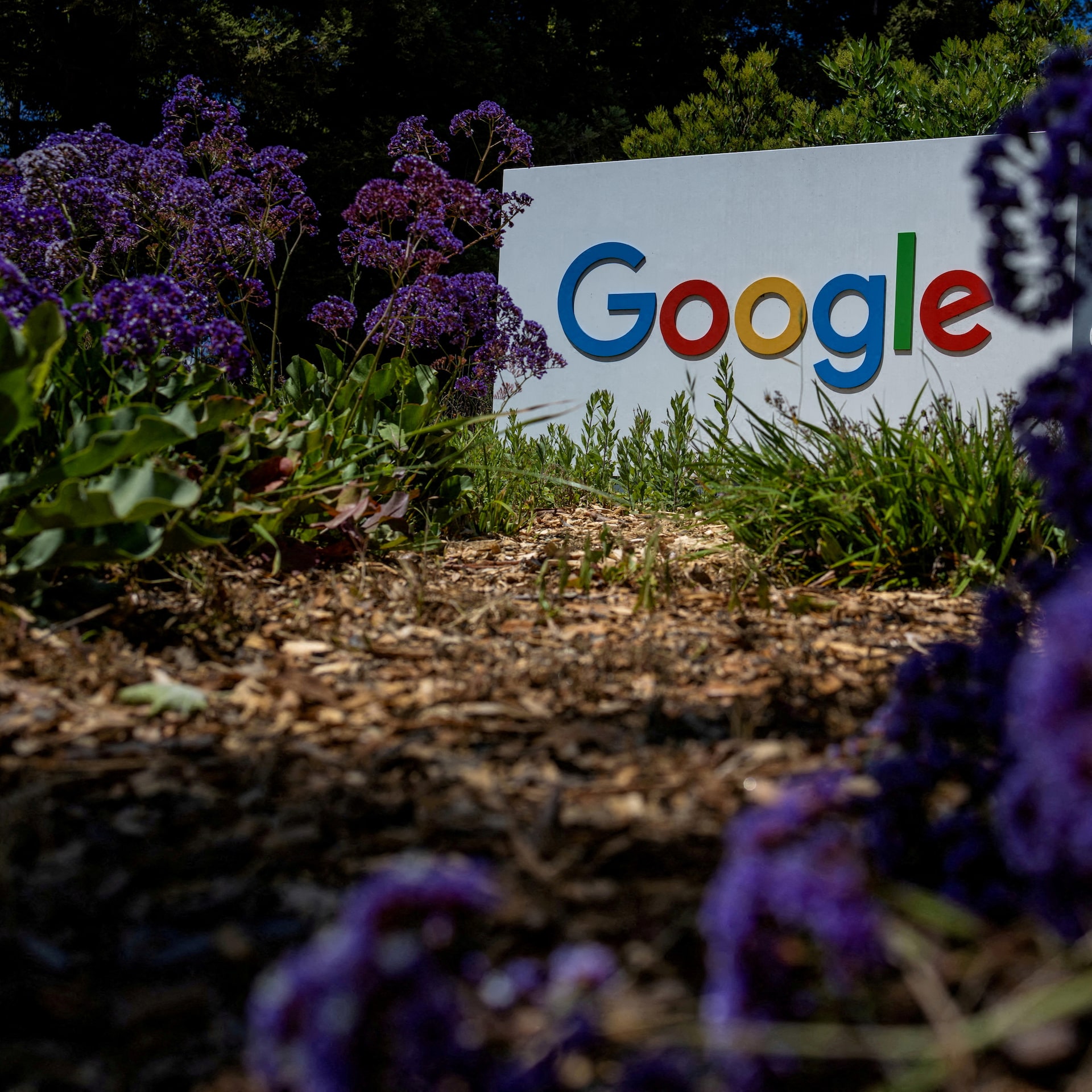AI-Driven Defense Contracts Worth $200 Million Transform Pentagon's Military Technology Strategy

AI Titans Land Pentagon Deals for Next-Gen Defense
Major Contracts Signal Strategic Leap for Military Technology
The United States has entered a new phase in defense innovation, awarding contracts worth up to $200 million each to four leaders in artificial intelligence: Google, OpenAI, xAI, and Anthropic. This landmark move places the most powerful commercial AI platforms directly at the heart of cutting-edge national security initiatives. The intent behind these agreements is to push the envelope in combat operations, intelligence gathering, and military logistics—all with a focus on agile, scalable, and secure digital infrastructure that can rapidly adapt to today’s multifaceted threats.
Each company is tasked with bringing its most advanced AI agents and generative models to the table, signaling a significant shift in how emerging technology is integrated into defense systems. Rather than relying exclusively on legacy defense contractors, the military is leveraging commercial innovations from the private sector. Solutions like xAI’s Grok, OpenAI’s optimized GPT-based architectures, Google’s Gemini, and Anthropic’s Claude are slated for transformational roles—from battlefield simulations and data synthesis to automated decision-making in environments where seconds count. The integration process will be coordinated by the General Services Administration, ensuring robust compliance, oversight, and security as these tools are incorporated into highly sensitive military operations.
Origins and Relationships Shape Competitive Edge
These four companies share intertwined histories and deep expertise in frontier AI development. Anthropic, notably, was founded by veterans who helped propel OpenAI to its early prominence. This tight-knit cluster of talent has fueled cross-pollination of ideas and accelerated the pace of generative model innovation, resulting in complementary technologies that can be customized for military applications. As a result, the Department of Defense is not just acquiring isolated tools—it's tapping into an ecosystem of researchers and developers with a proven track record of rapid iteration and breakthrough advances.
Google’s legacy in search and massive language modeling provides a powerful backbone for information retrieval and real-time analysis. OpenAI’s rapid ascent with transformer-based models has led to breakthroughs in conversational agents and code generation, skills critical for automating complex, repetitive, or high-stakes tasks in defense environments. xAI’s emphasis on explainable, agentic AI aligns with the military’s need for systems that provide both impactful autonomy and operational transparency. Anthropic’s focus on constitutionally aligned and less error-prone outputs offers assurances of reliable, trustworthy deployments amid mission-critical scenarios.
Terms, Scale, and Oversight
While headline figures mention ceilings of up to $200 million for each company, the actual disbursement will follow a milestone-driven process. The agreements are structured as prototypes, meaning only a small fraction of the funds are allocated at the outset, with further installments tied to performance and technical milestones. This approach ensures accountability and drives ongoing innovation, as each company must demonstrate real progress and adaptability in the face of evolving strategic priorities. The work is set to be performed chiefly within the National Capital Region, with the Pentagon’s Chief Digital and Artificial Intelligence Office overseeing contract execution and technical validation. The flexible nature of these agreements allows the Department of Defense to scale up promising efforts or recalibrate funding based on operational results and emerging needs.
This initiative exemplifies the public sector’s growing embrace of “commercial off-the-shelf” software and platforms. By accelerating technology transfer from commercial leaders to federal agencies, the government hopes to minimize the lag between civilian breakthroughs and military adoption. The focus is on versatile AI tools that can augment human decision-making, anticipate shifts in operational environments, and increase the speed and accuracy of intelligence cycles. The move also reflects broader trends in digital modernization, highlighting the importance of auditability, compliance, and continuous monitoring—especially as AI systems are entrusted with increasingly consequential responsibilities.
Pivotal Milestones and Strategic Implications
The awarding of these contracts marks a pivotal moment in the modernization of defense technology. Not only does it reflect a recognition of the transformative potential of AI, but it also represents a shift in procurement philosophy, favoring rapid iteration and partnerships with high-growth technology firms. The agreements further position the United States at the forefront of applying generative models, agentic AI, and reinforcement learning to national security challenges, setting a precedent for the integration of commercial technology into defense strategy. This collaboration underscores the mutual dependence of innovation ecosystems, where breakthroughs in language models and autonomous systems spill over from the private sector into areas of vital public interest.
As deployment proceeds, these foundational partnerships are expected to serve as templates for future government–industry collaborations in the digital space. The ongoing advancements of generative AI and its capacity to reason, plan, and learn from complex data streams will likely catalyze new doctrines and workflows within the military sphere. Through these contracts, the Department of Defense signals its commitment to remaining at the technological frontier, ensuring its operations remain adaptable, secure, and informed by the world’s leading artificial intelligence platforms.
